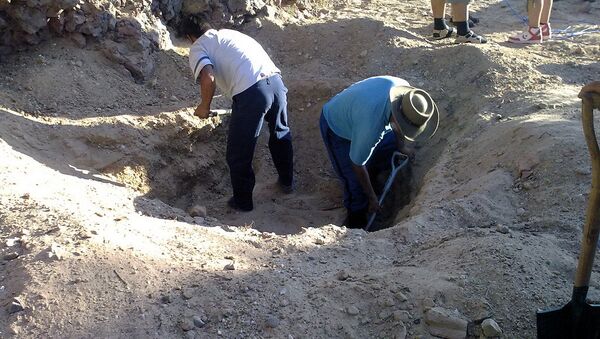Scientists are trying to discover the identity of a ruler, whose sculptured portrait they unearthed at an archeological site close to the Israeli-Lebanese border village called Abil al-Qamh, mentioned in the Bible’s Book of Kings. The 5-centimeter portrait, dating back to the time of the biblical kings in the 9th century B.C., is a rare example of the art of that era. One has never found such an exquisitely preserved piece from that age before; the crowned figure is in excellent condition, only a little piece of his beard missing.
“In the Iron Age, if there’s any figurative art, and there largely isn’t, it’s of very low quality. And this is of exquisite quality,” Eran Arie, the curator of Iron Age and Persian archaeology at the Israel Museum, said.
According to Hebrew University archaeologist Naama Yahalom-MackYahalom-Mack, along with the location of the site, the sculpture’s “very interesting hairdo” is a crucial clue for identifying whose portrait it is. With its hair pulled back in locks, covering the ears and held in place by a striped crown, he reminds the ancient Egyptian images of their Semitic neighbors.
Although the scholars are sure it’s an ancient Near Eastern royal figure, his identity is yet to be defined. As carbon analyses were merely able to detect the century it was made, taking all the known details into account, Yahalom-Mack has named the Biblical kings Hazael of Damascus, Jehu of Israel, and Ithobaal of Tyre as possibilities.
READ MORE: Israeli archeologists report discovering King Herod's tomb
According to the Bible, their kingdoms shared a border in the area of the archeological spot where the sculpture was found in the summer of 2017. A Hebrew University team is going to resume digging, hunting for new evidence that may shed light on the identity of the discovered king. Some scholars believe the sculptured portrait was part of a statue.


